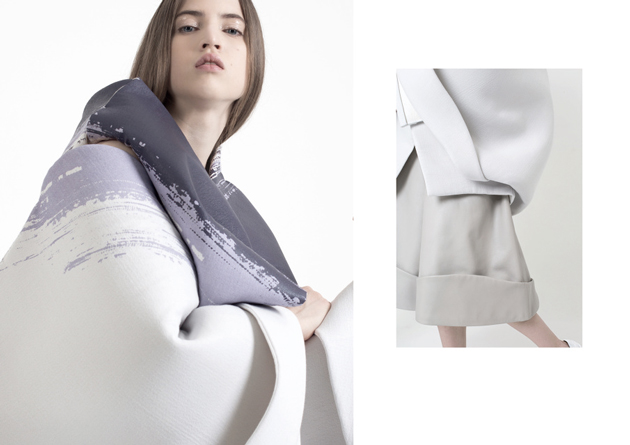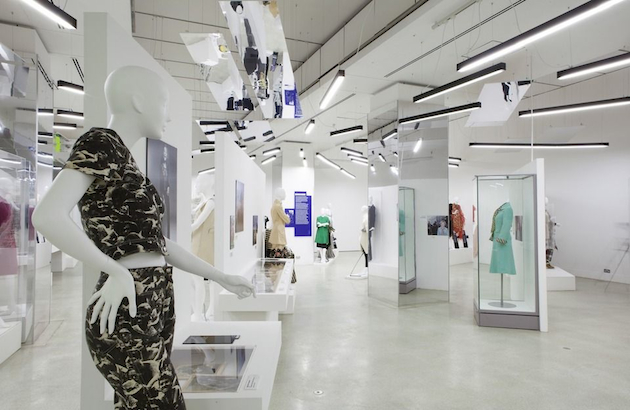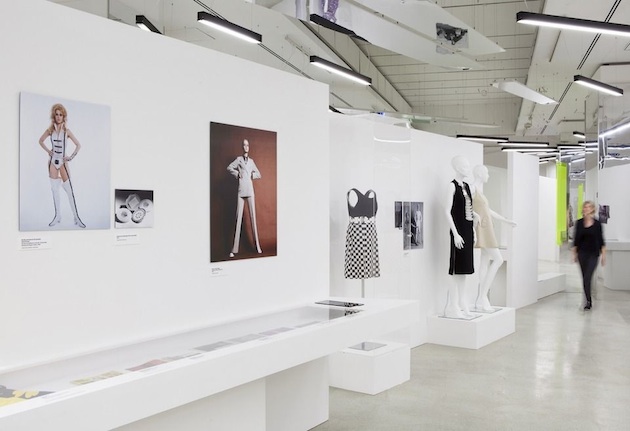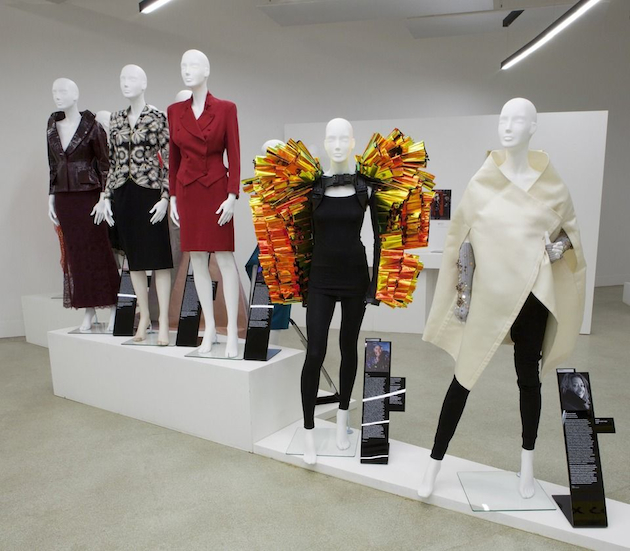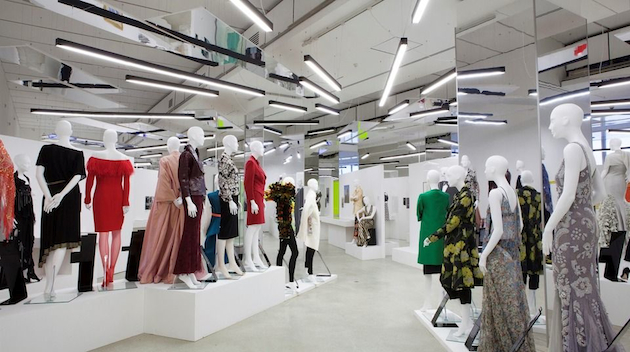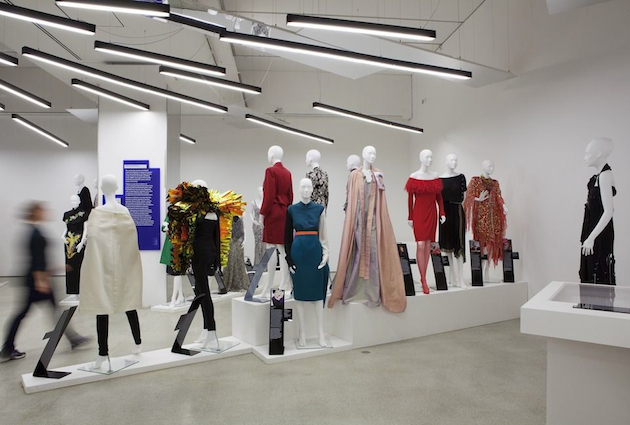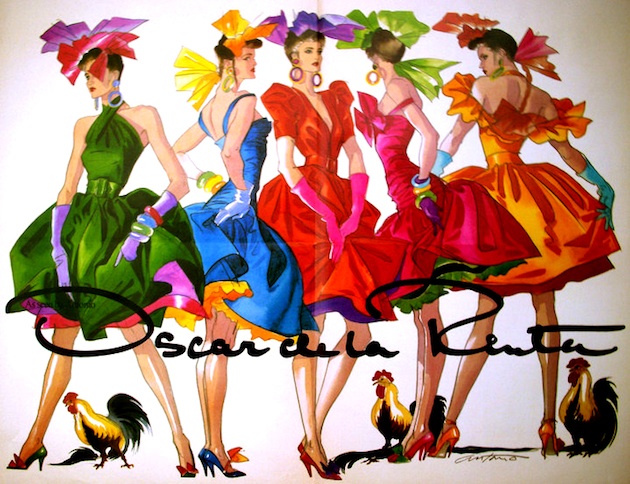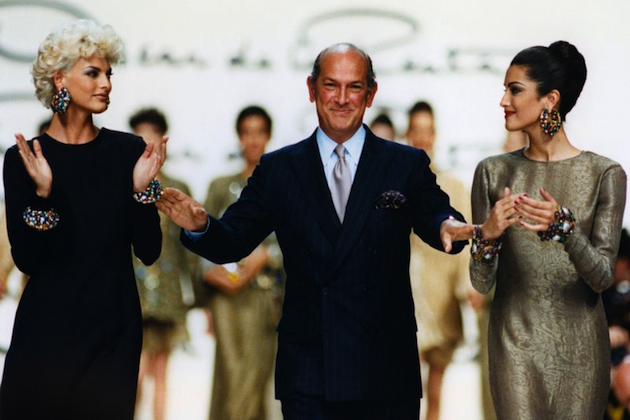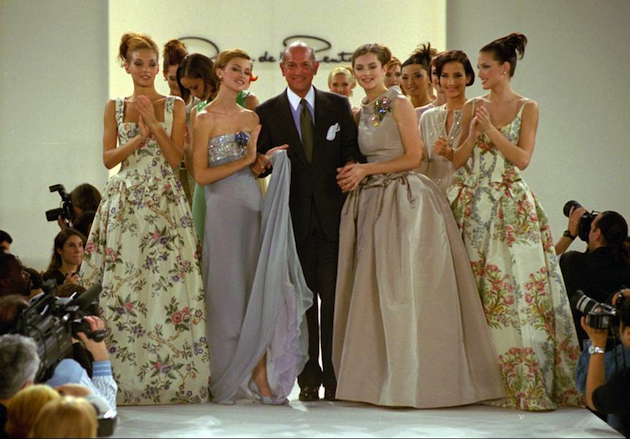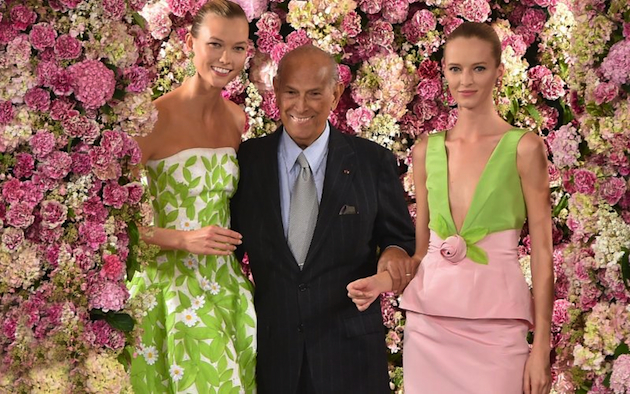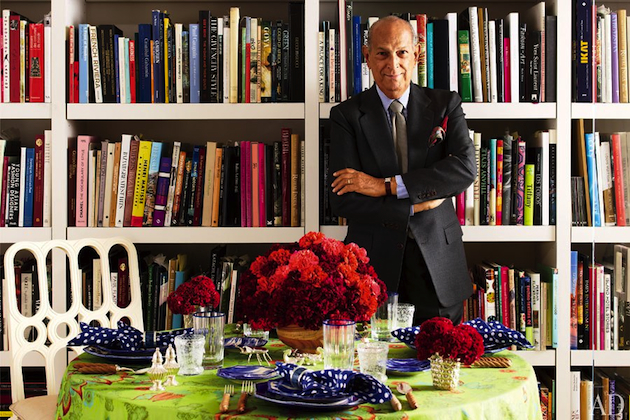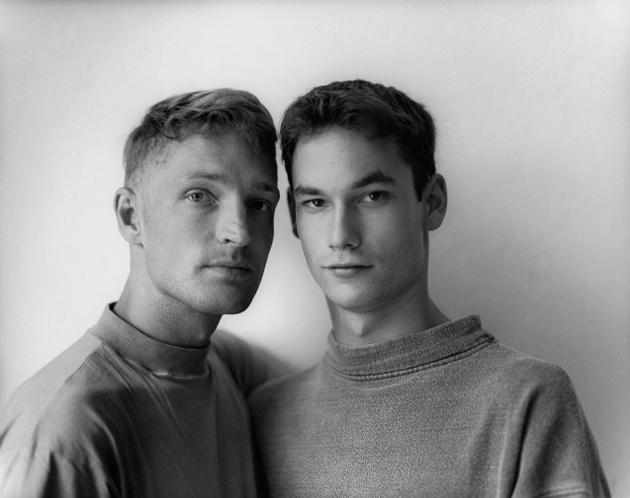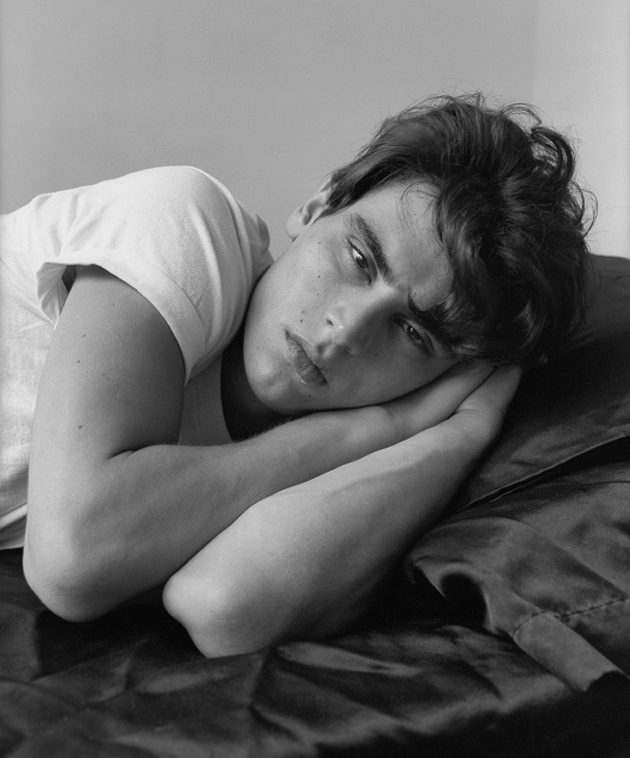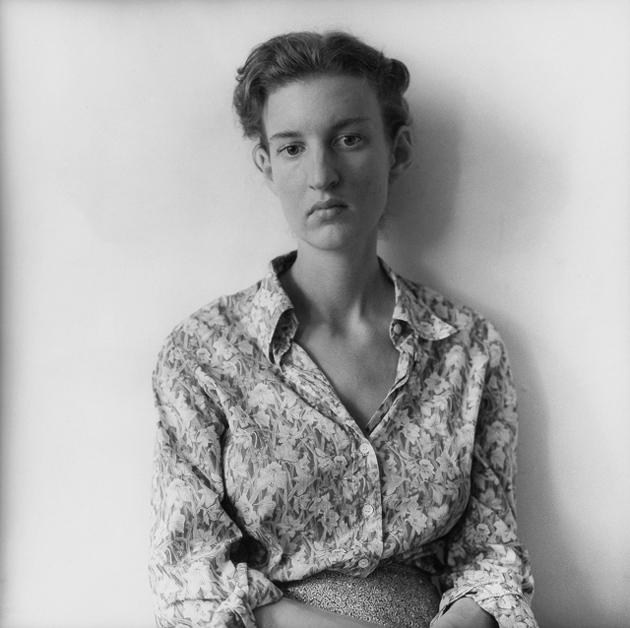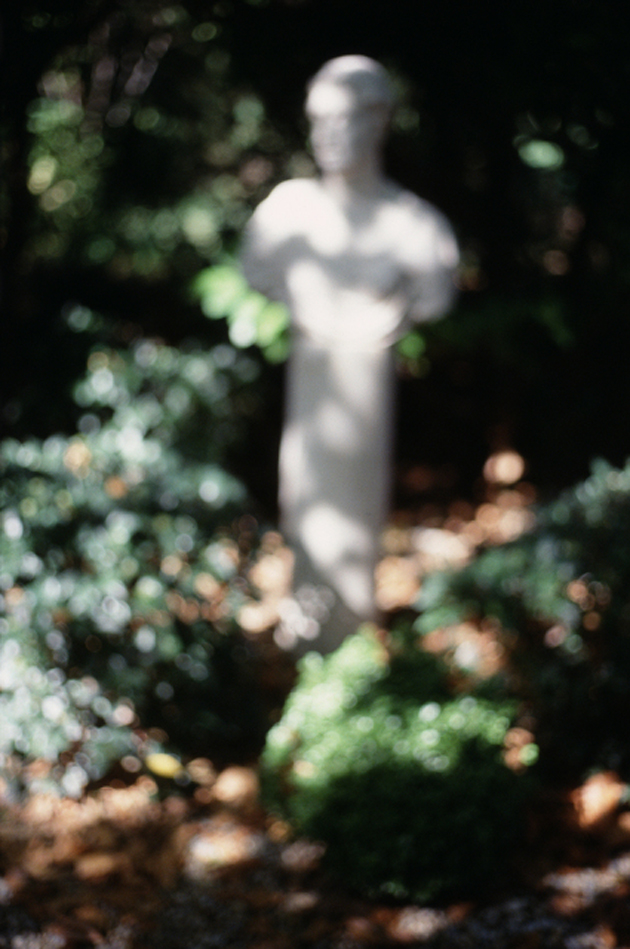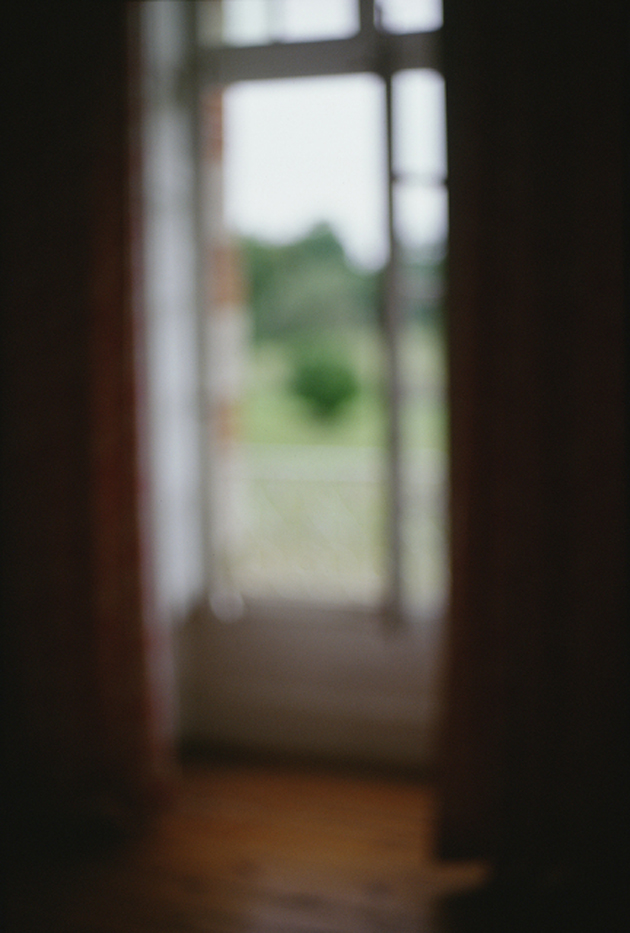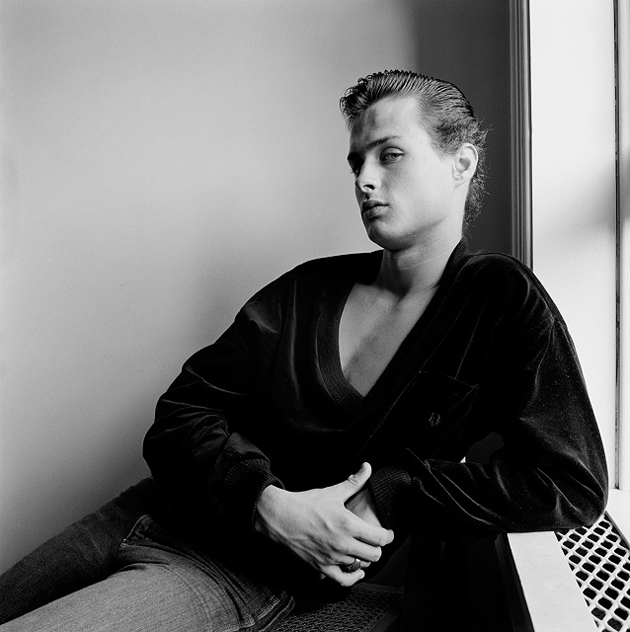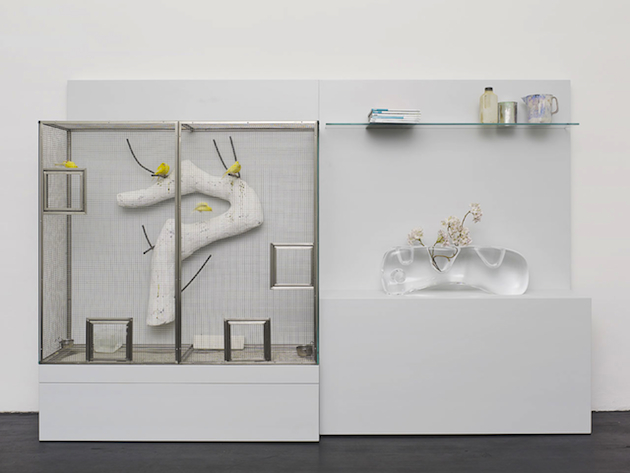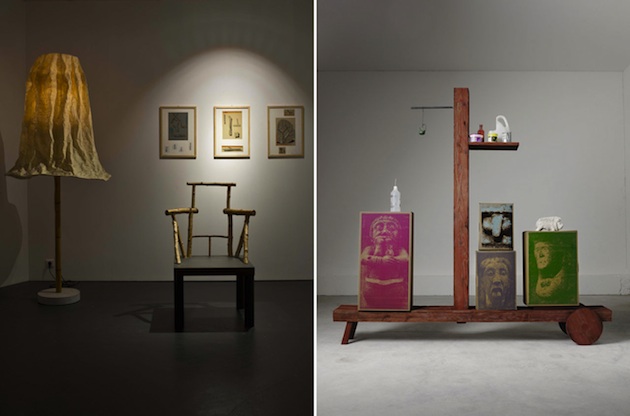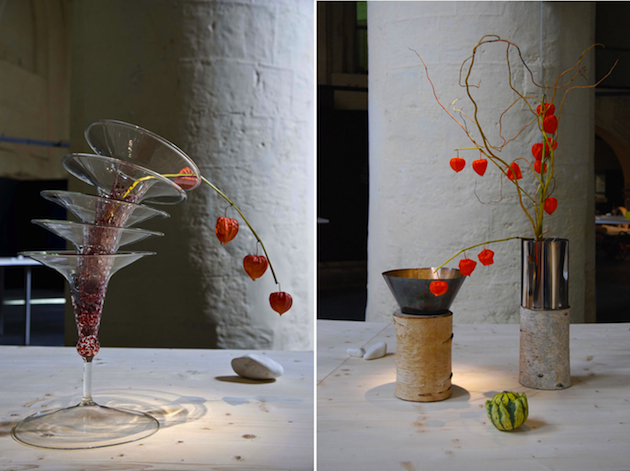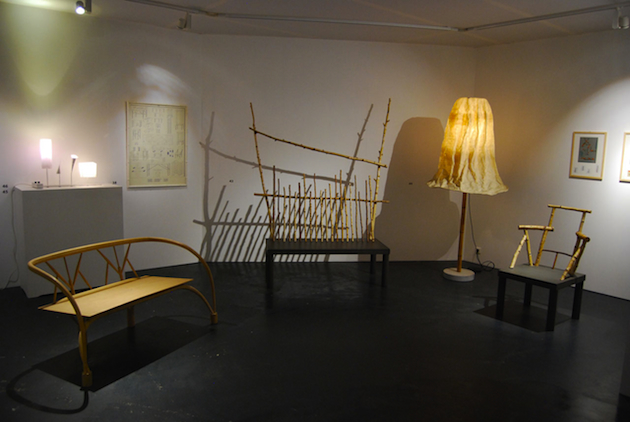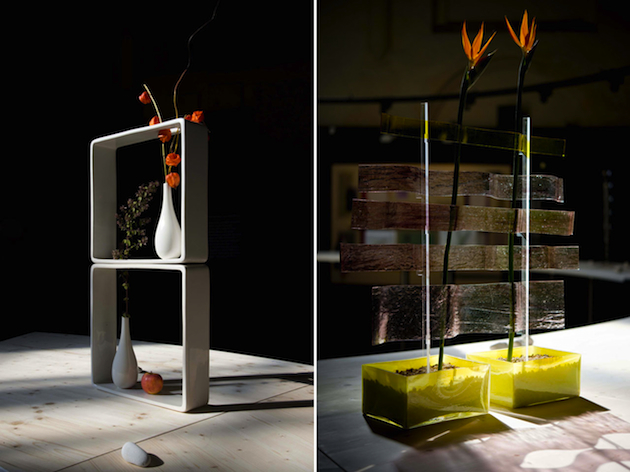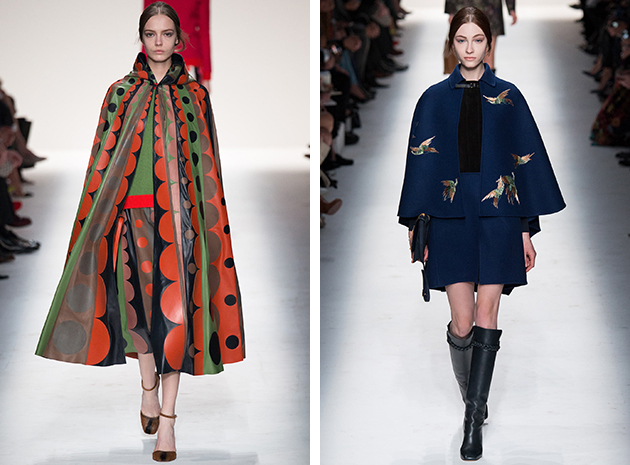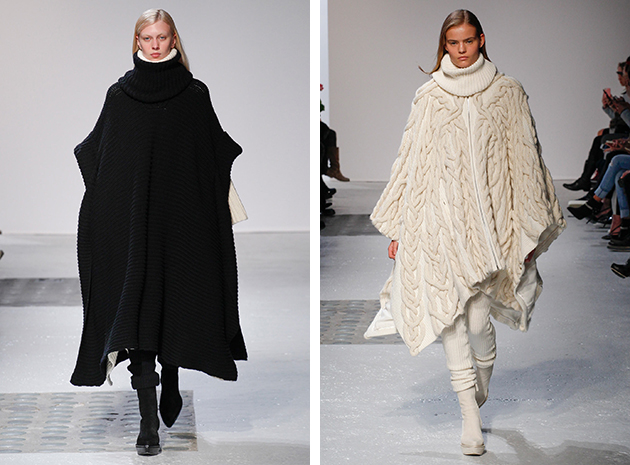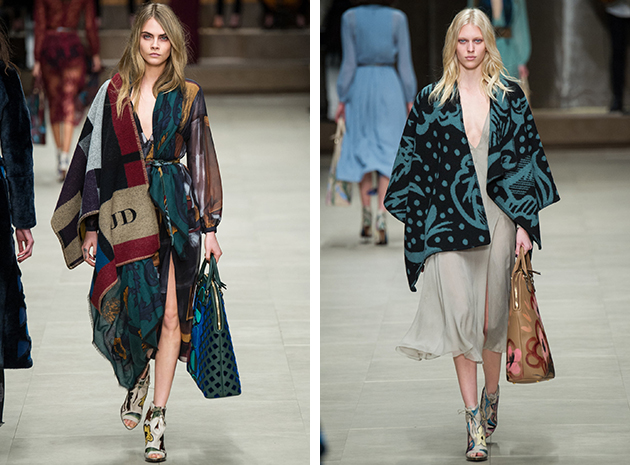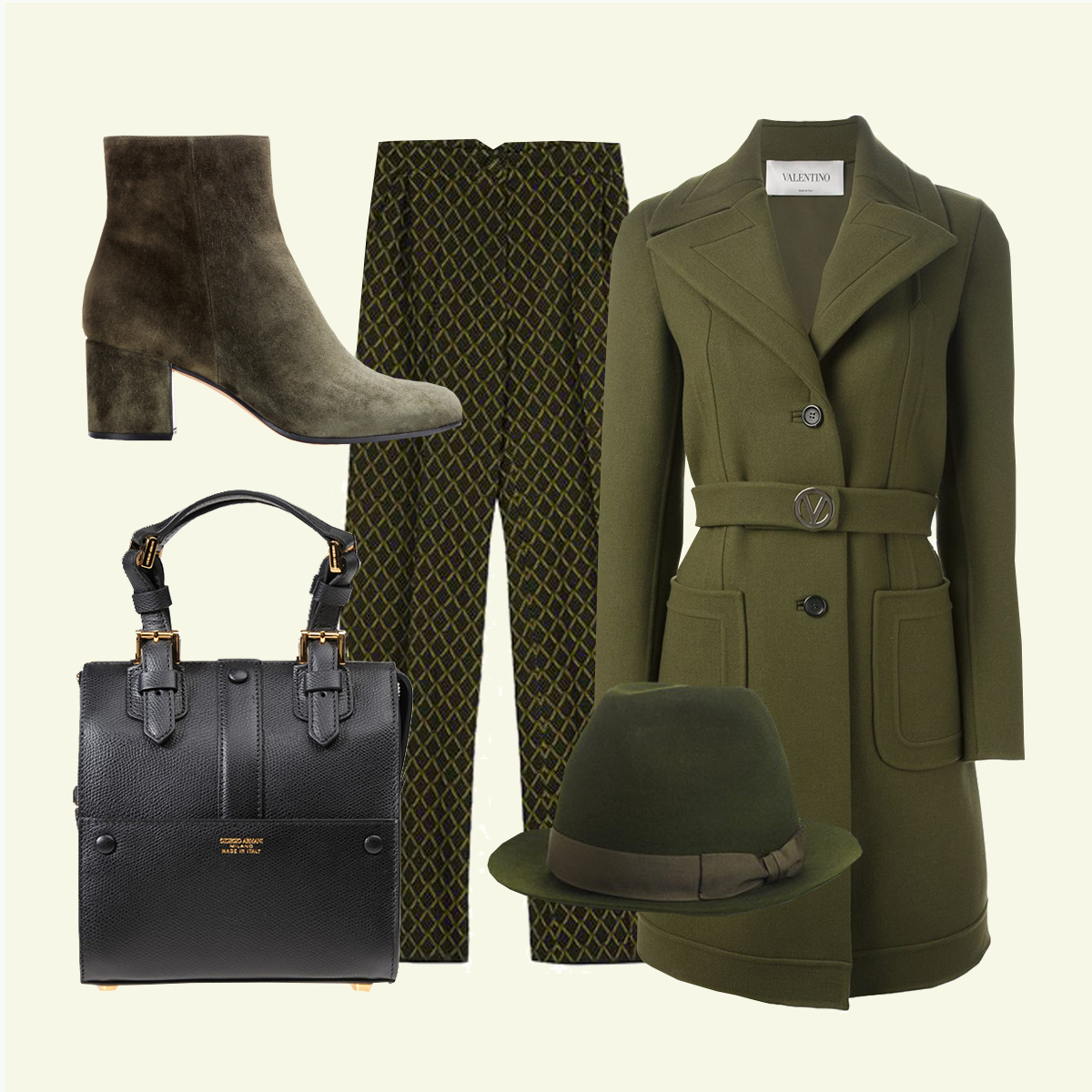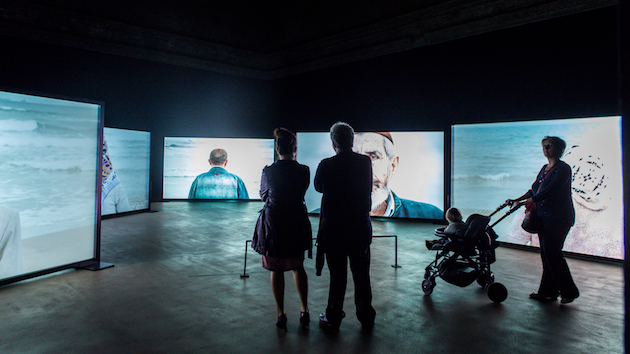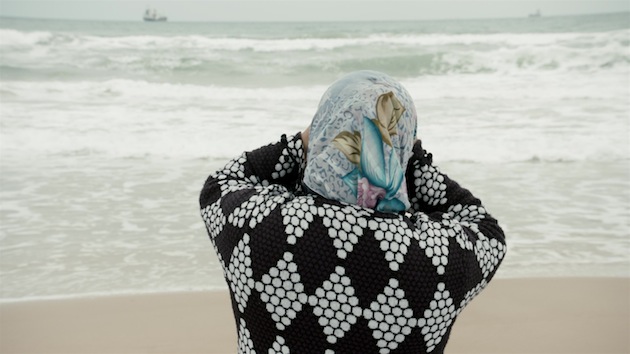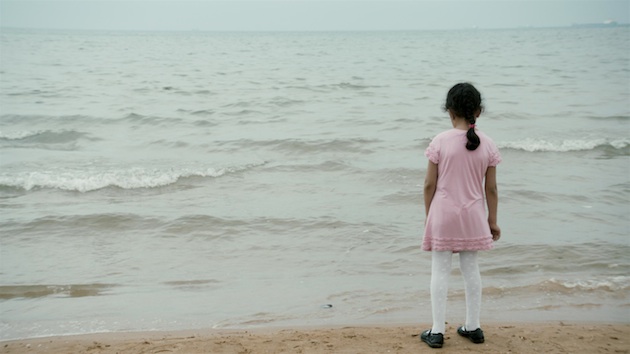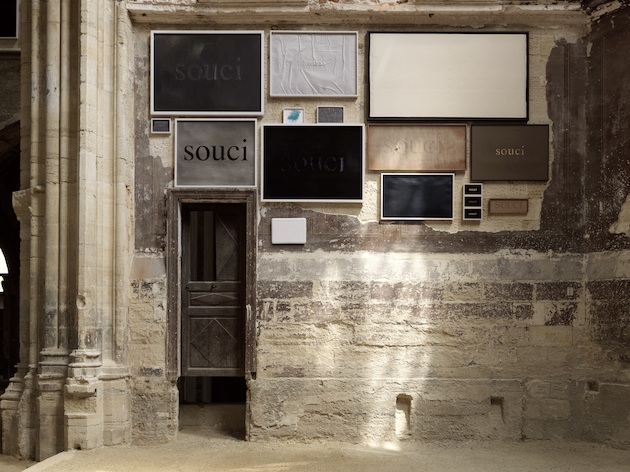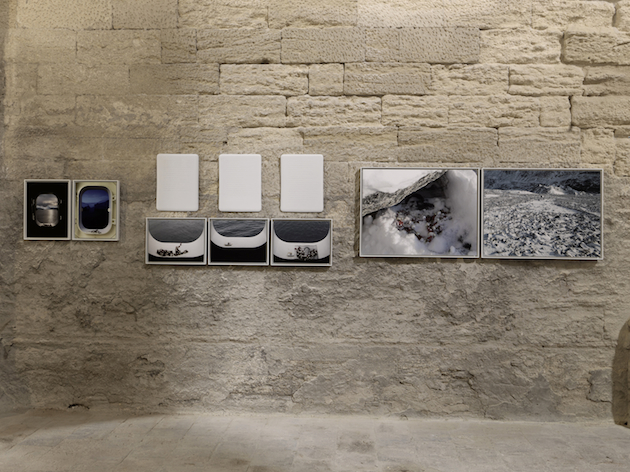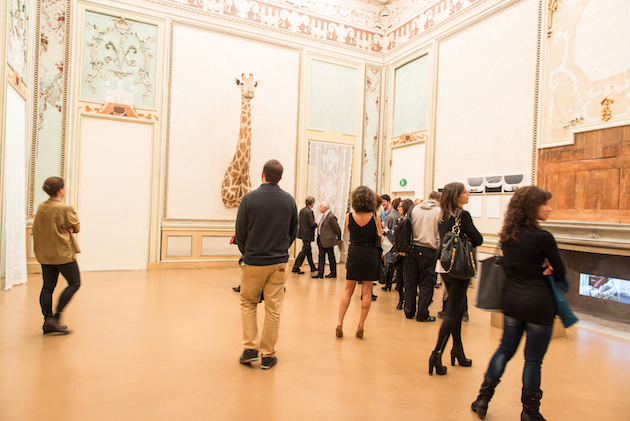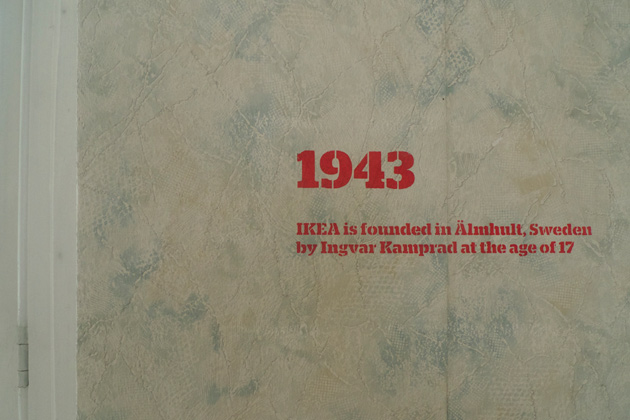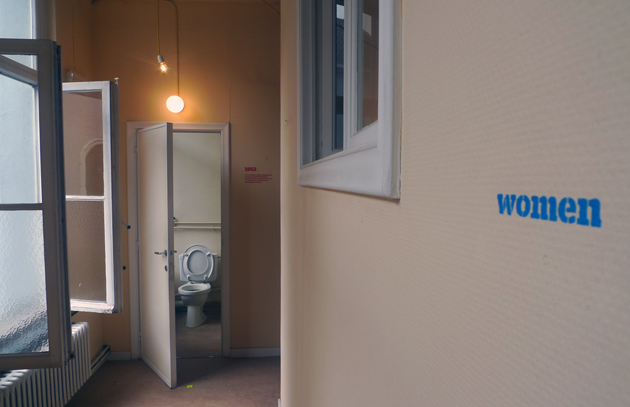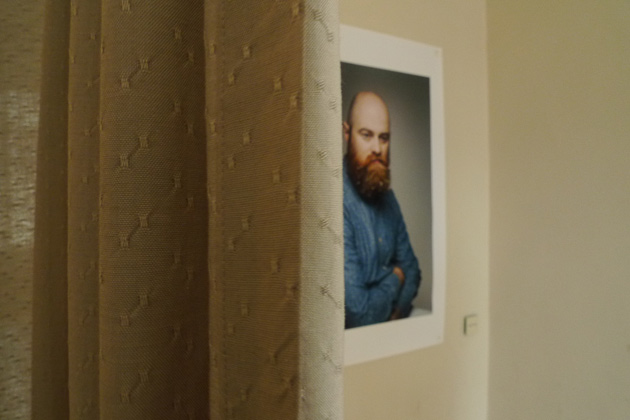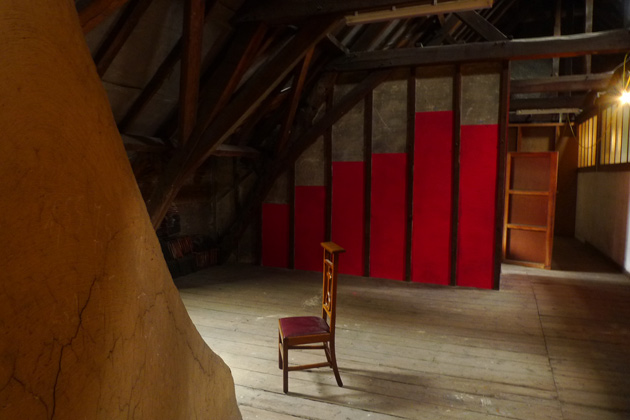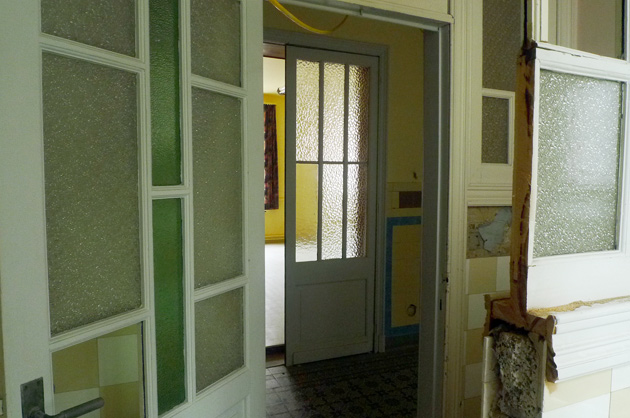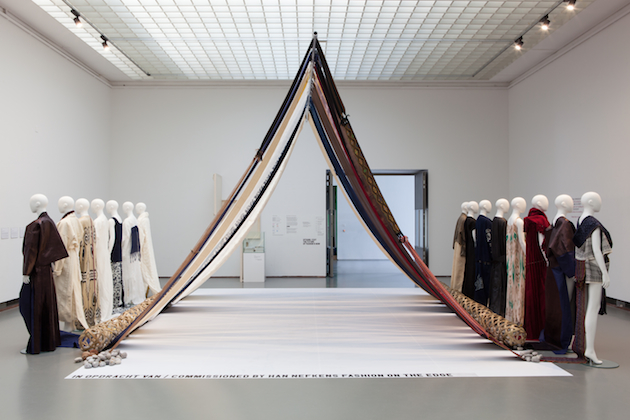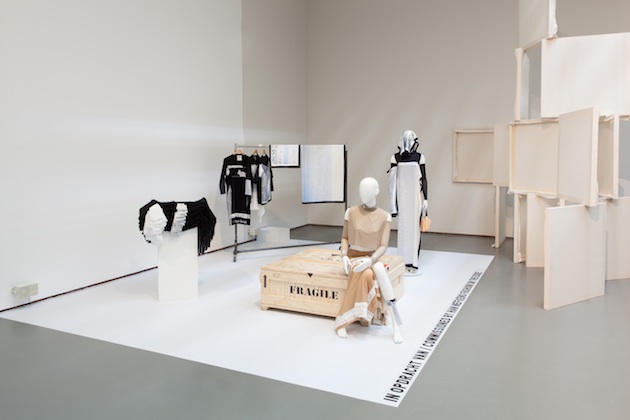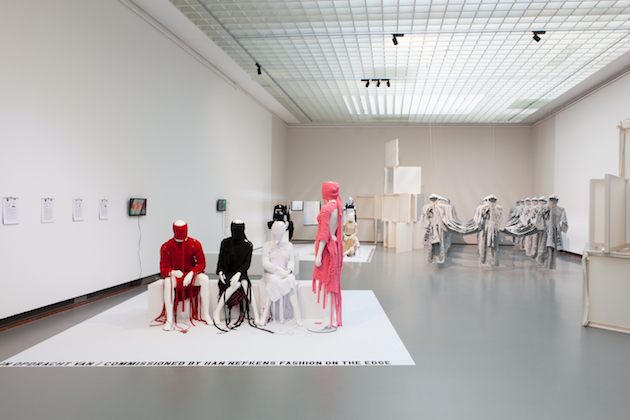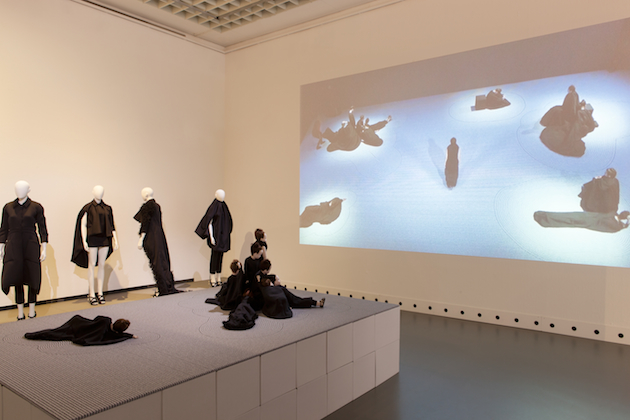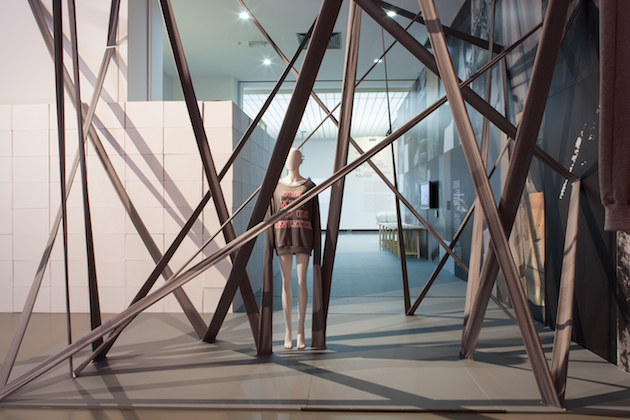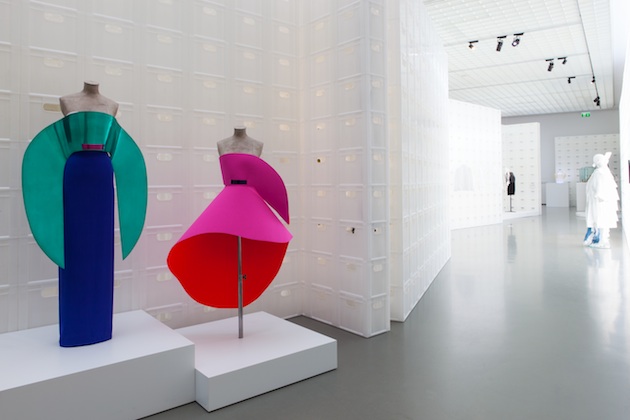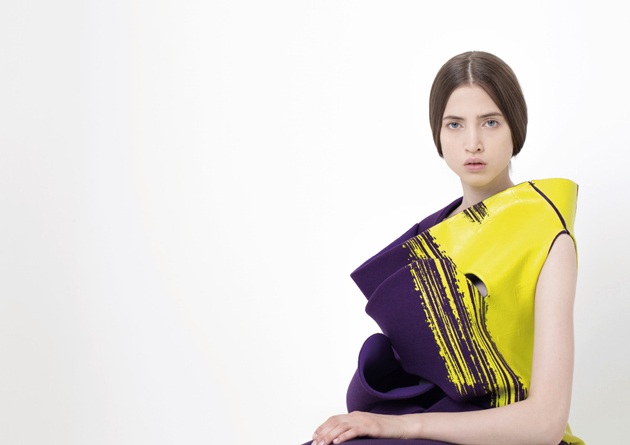
Thousands of applicants has been narrowed down to 24 lucky semifinalists in H&M Design Award for 2015. Among the chosen young talents from schools like Parsons the New School for Design and the Fashion Institute of Technology in New York, Central Saint Martins in London and the Royal Academy of Art in Antwerp, is the Paris-based designer Juyan Zhou.
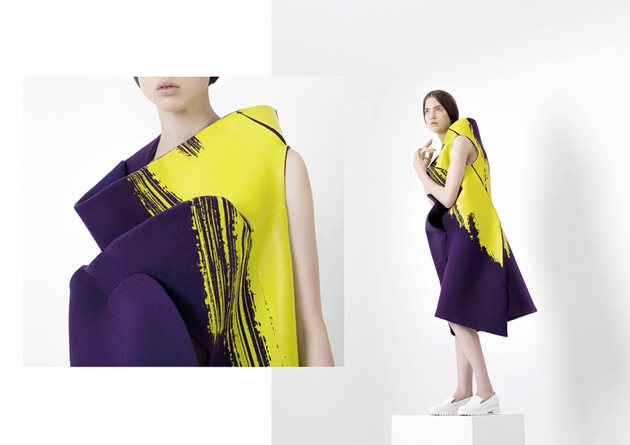
Juyan Zhou attended L’Institut Français de la mode in Paris and her graduation show was – as with the rest of the award’s applicants – attended, photographed and noted before she was chosen by a jury in Stockholm. Her design is influenced by illustrations and photography, which takes shape through her brushstroke inspired patterns and innovative constructions. The pureness of nature and sculptural volumes are other sources of inspiration for her Fall/Winter 2014/2015 collection, expressed through the natural colour scheme and the concept of playing with volume. She therefore brings photography, painting, architecture and fashion together in her design, challenging our ideas about the idea of fashion as art, while still remaining wearable and subtly utilitarian.
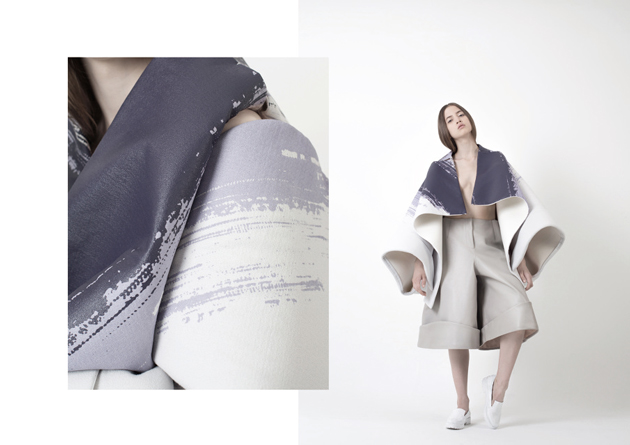
In November, 8 of the 24 talented designers chosen for the award will be getting the opportunity to show their collections in front of a highly respactable international jury who will decide the sort of this season’s award. The winning designer will receive a mentorship with the Swedish retailer, the opportunity to host a runway show during Stockholm Fashion Week, a hefty monetary prize and, most importantly, an in-store collaboration with H&M. Our bet is on Juyan Zhou.
